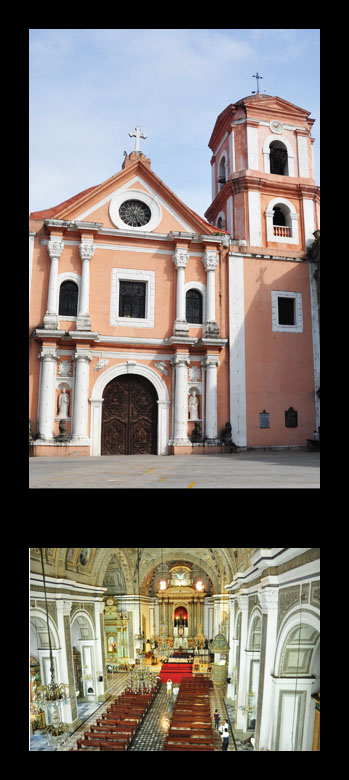
History
The San Agustin Church inside the walled city of Intramuros is prominently the oldest church in the Philippines to survive until today. This structure is famed as Manila’s favorite wedding church. It was designated as one of the World Heritage Site in the Philippines by UNESCO. It was also named as National Historical Landmark by the Philippine government in 1976.
It was in 1586 when the Augustinians decided to rebuild the church using adobe stones as well as its adjacent monastery from the design of Juan Macias. In 1607, it was formally declared complete and was named St. Paul of Manila.
The church had weathered different devastations. It survived major earthquakes that struck Manila in 1645, 1754, 1852, 1863, and 1880. The church was also looted by the British forces which occupied Manila in 1762. During the Japanese occupation, the church survived the bombing of Manila with only its roof destroyed.
At present, the church also hosts the image of the Nuestra Señora de Consolacion y Correa. San Agustin also shelters the tombs of Spanish conquistadors Miguel Lopez de Legazpi, Juan de Salcedo, and Martin de Goiti. Also housed within the church were the remains of the painter Juan Luna, Pedro Paterno, and Trinidad Pardo de Tavera.
Architectural Design
San Agustin reflected Baroque touches as seen in its edifice. Experts said that its design was derived from Augustinian churches in Mexico, and was almost an exact replica of Puebla Cathedral in Puebla, Mexico. The church stands out with its intricate design from floor to ceiling, its molave doors, neoclassic façade, and Corinthian columns.
The church’s interior comes in the form of a cross. It has 14 side chapels and trompe l’oeil ceilings painted by Italian artists in 1875. The choir lofts were hand-carved 17th century molave seats. It was in 1854 when the church was renovated under the supervision of architect Luciano Oliver.
How to get there
From Intramuros, take the entrance beside Pamantasan ng Lungsod ng Maynila. The church can be reached by foot towards the corners of Calle General Luna and Calle Real.
